
The Albino people, in their neurotic fear of those not like them, most probably caused by pass suffering at the hands of Blacks - whether real or imagined. Have suffered a type of mass Neurosis, in which they have created a “Fantasy” past; (especially in Europe) were they are the native Europeans (they are actually Central Asians), and the world was solely populated (especially Europe) by Albinos just like them, (Whites are actually the least numerous of the three races – by far). In their minds, Albinos were the creators of all of the world’s great civilizations, and all of the great hero’s in history were Albinos. Accordingly they have created an official “Revision” of history to reflect their neurotic “Fantasy”. It is simply called “History” by Albinos and laughingly “HIStory” by everyone else.
Here we are dealing with Blacks in art, and what they, the Albino people, have done with Blacks in art (that which survives). What they do is to declare those Blacks pictured in European art as either Slaves, Servants, the Mythical St. Maurice, the Biblical Magi or most ridiculously, Ambassadors of the King of the Kongo/Congo. As an indication of just how convoluted this Albino nonsense is: The Magi were the Priests of the Persian religion of Zoroastrianism, yet they claim that the Persians were Albinos just like them. Who but a true neurotic could envision something like that: a White society with a Black priesthood!
Newer versions of their fantasy gives a name to the Black “Wiseman” of their Whitenized Jesus fantasy: they call him Balthazar, and in this version he is an Arabian scholar. This nimbly gets around the ancient Persians being Blacks; but it conflicts with their current efforts to establish the Turks and Turk Mulattoes of Arabia and elsewhere, as true Arabs.
We have no explanation as to why they willingly include Blacks in their bogus Whitenized Christian artwork. Perhaps that is their one lucid acknowledgement of the great profusion of Blacks there is in the world.
Another tactic the Albinos use to falsify the true meaning of Black artwork is to give it false and often derogatory titles. Whenever possible, we do deep research to uncover the original title of the painting. When that fails, we analyze the content of the painting to try and glean the original meaning. This analysis is annotated at the bottom of the picture.
But still, many people cannot get their minds around the idea that our genetically defective Albinos could have gone renegade after spending millennia in Central Asia: inbreeding among themselves, instead of with normal people. And not only Genocided and replaced us, their creators, after they entered Europe. But repeated it (to varying degrees) in the Americas and East Asia. Albinos are a greedy, ravenous, and Murderous bunch indeed. To cover-up their defective nature and monstrous deeds, the Albinos created an elaborate fake history of themselves and their creators - us Black people: supported by huge numbers of fake artifacts. These exhibits and logical exercises are intended as an aid to those confused. |
From the late 1960s, Herbert S. Klein and other scholars began to collect archival data on slave-trading voyages from unpublished sources and to code them into a machine-readable format. In the 1970s and 1980s, scholars created a number of slave ship datasets, several of which the current authors chose to recode from the primary sources rather than integrate the datasets of those scholars into the present set. By the late 1980s, there were records of approximately 11,000 individual trans-Atlantic voyages in sixteen separate datasets, not all of which were trans-Atlantic, nor, as it turned out, slave voyages.
The idea of creating a single multisource dataset of trans-Atlantic slave voyages emerged from a chance meeting of David Eltis and Stephen Behrendt in the British Public Record Office in 1990 while they were working independently on the early and late British slave trades. At about the same time, David Richardson was taking over detailed multisource work on the large mid-eighteenth-century Liverpool shipping business begun years earlier by Maurice Schofield. All this work, together with the Bristol volumes that Richardson had already published, made it seem feasible to integrate the records for the very large British slave trade for the first time, and beyond that, given the available Dutch, French, and Portuguese data, to collect a single dataset for the trade as a whole. Meetings in January, 1991 at the American Historical Association and, in 1992, at the W. E. B. Du Bois Institute for Afro-American Research at Harvard University, headed by Professor Henry L. Gates, Jr resulted in grant proposals to major funding agencies. In July 1993 the project received funding from the National Endowment for the Humanities with supplementary support coming from the Mellon Foundation.
By the time the project began, Johannes Postma’s Dutch data had become available (subsequently revised in 2003), as had Stephen Behrendt’s compilation of the extensive British trade after 1779, and also the large and complex Richardson, Beedham, and Schofield pre-1787 Liverpool Plantation Register data set, all in machine-readable format.
Voyages is the product of a further great surge of information on the slave trade that has happened since 1999. Latin-American slaving expeditions were seriously under-represented on the CD-ROM, and, as a consequence, between 2001 and 2005 a major research initiative was undertaken in Portuguese and Spanish language archives around the Atlantic basins to address this deficiency. Three years of funding for this work (from 2002 to 2005) came from the Arts and Humanities Research Board of the United Kingdom and was administered through the University of Hull with David Richardson and David Eltis as the principal investigators. Manolo Florentino anchored the work in Rio de Janeiro, Roquinaldo Ferreira in Luanda, and Jelmer Vos in Lisbon, and other European archives. The major documentary collections explored in this period were in archives in Luanda, Rio de Janeiro, Bahia, Lisbon, Havana, Madrid, Sevilla, Amsterdam, Middelburg, Copenhagen, and London as well as the extensive eighteenth century newspaper holdings of the Bodleian and British Libraries.
The construction of the present open access web site, Voyages was made possible by yet a third major award in 2006, this one launched from Emory University. Once more the National Endowment for the Humanities was the source, but supplementary funding came from the W. E. B. Du Bois Institute for Afro-American Research at Harvard. While the research work continued during the two year period of these grants, the thrust of the effort shifted to presentation. The project team developed sophisticated search interfaces for three different kinds of data, as well as estimates of the size and direction of the trade. The web site would provide a range of ancillary material for educators including lesson plans and maps. Perhaps most important, the new site would provide an opportunity for researchers everywhere to continue to contribute their discoveries and correct errors in the data that they might find. After a peer-review process any new data or corrections will be added to the core database at three year intervals. It is difficult to think of any international project of preserving and reconstructing history which has depended more on collaboration than Voyages has. It is even harder to think of one that provides a better basis for such collaboration to continue into the future.
 |
Russia = 144,031,000 |
Serbia = 7,103,000 Denmark = 5,673,000 Finland = 5,475,000 Slovakia = 5,426,000 Norway = 5,194,000 Ireland = 4,630,000 Croatia = 4,230,000 Bosnia and Herzegovina = 3,750,000 Georgia = 3,707,000 Moldova = 3,564,000 Armenia = 3,010,000 Lithuania = 2,906,000 Albania = 2,887,000 Macedonia = 2,071,000 Slovenia = 2,065,000 Latvia = 1,979,000 Kosovo = 1,867,000 Estonia = 1,315,000 |
 |
We hope that's true, that there is hundreds hidden there, as well as in the hundreds of museums across Europe. True, we still don't have free access to them, but at least hopefully, the art wasn't destroyed. The hope for these Tumblr sites and those to come, is that they stop taking the Albino stories associated with the artwork, at face value. Logically that makes no sense, the fact that the artwork even exists, demonstrates the Albinos lies: so then, how are they to know when the Albinos have stopped lying? Each piece of artwork must be cross-referenced and researched by itself.
 |
 |
James Francis Edward Stuart - CONFIRMED!James Francis Edward, Prince of Wales (the Chevalier de St George, "The King Over the Water", "The Old Pretender" or "The Old Chevalier"; (1688–1766) was the son of the deposed James II of England and Ireland (James VII of Scotland). As such, he claimed the English, Scottish and Irish thrones (as James III of England and Ireland and James VIII of Scotland) from the death of his father in 1701, when he was recognised as king of England, Scotland and Ireland by his cousin Louis XIV of France. Following his death in 1766, he was succeeded by his son Charles Edward Stuart in the Jacobite Succession. Had his father not been deposed, there would have been only two monarchs during his lifetime; his father and himself. In reality, there were seven; his father, William III, Mary II, Anne, George I, George II and George III. Although the ruling Protestant Stuarts died out with his half-sister, Queen Anne, the last remaining Stuarts were James and his sons, and their endeavours to reclaim the throne while remaining devoted to their Catholic faith are remembered in history as Jacobitism. |
 |
 |
 |
The conspiracyObviously the Black Scottish people were incredibly loyal to their legitimate Black kings. Thus while their kings were in exile, there was a great yearning for pictures of them. Troy and his assistants serviced this need with unknown quantities of portraits of them. Even though many people took part in painting those portraits, they would all have looked as much alike as humanly possible, with regards to the persons features, though backgrounds and clothing could change. This portrait, like the Holy Roman Empire Emperor Charles V portrait, was likely hidden away, and thus escaped Albino destruction with the rest. The White man as James above, may, or may not be a real person. In any case, it is part of the conspiracy of the Albinos to create fake artifacts to replace the real ones, in support of the fake history Albinos have created to explain their position of rule. Let us not forget that Albinos have also claimed to be Egyptians and Persians, as well as other original people, in environments where an Albino in the native clothing could not survive the Sun. Just like they came up with a fake explanation for their Whiteness - Vitamin D, what nonsense! |
 |
 |
 |
 |
 |
 |
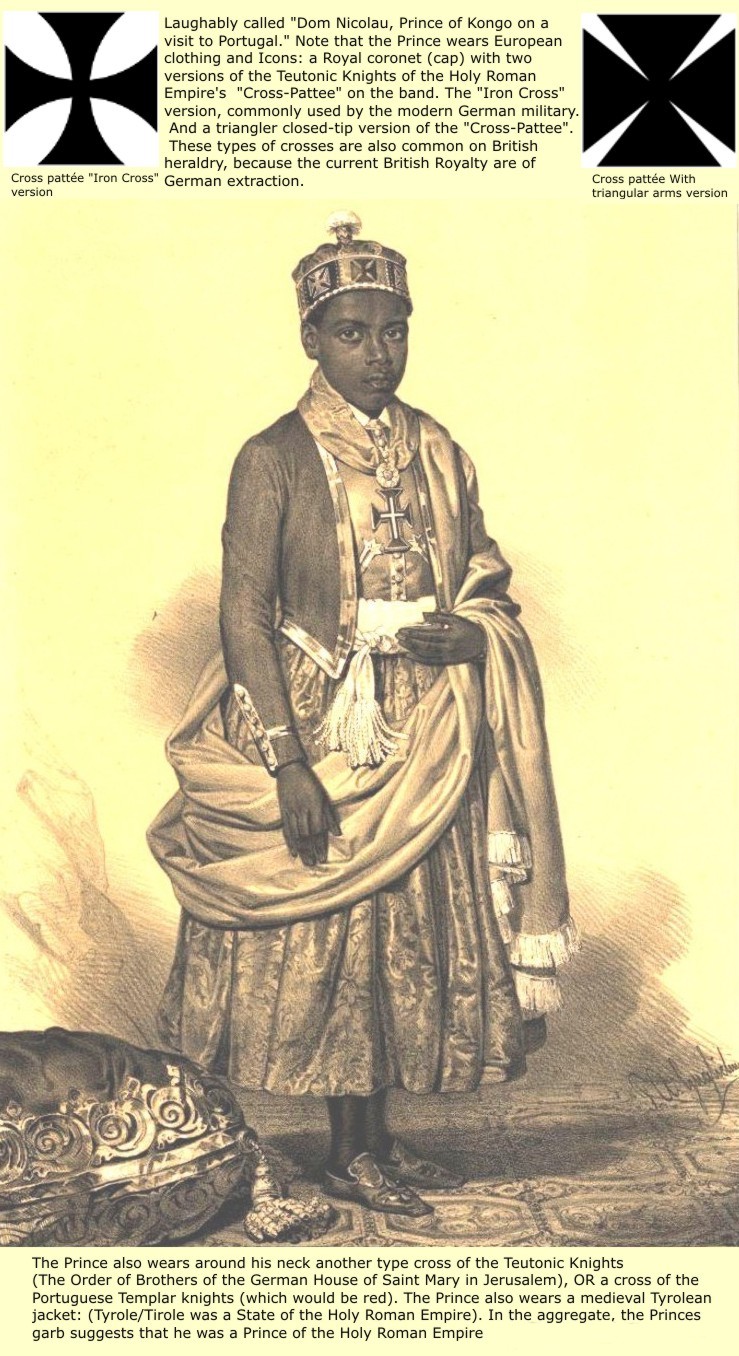 |
 |
 |
 |
 |
 |
 |
 |
Unknown |
 |
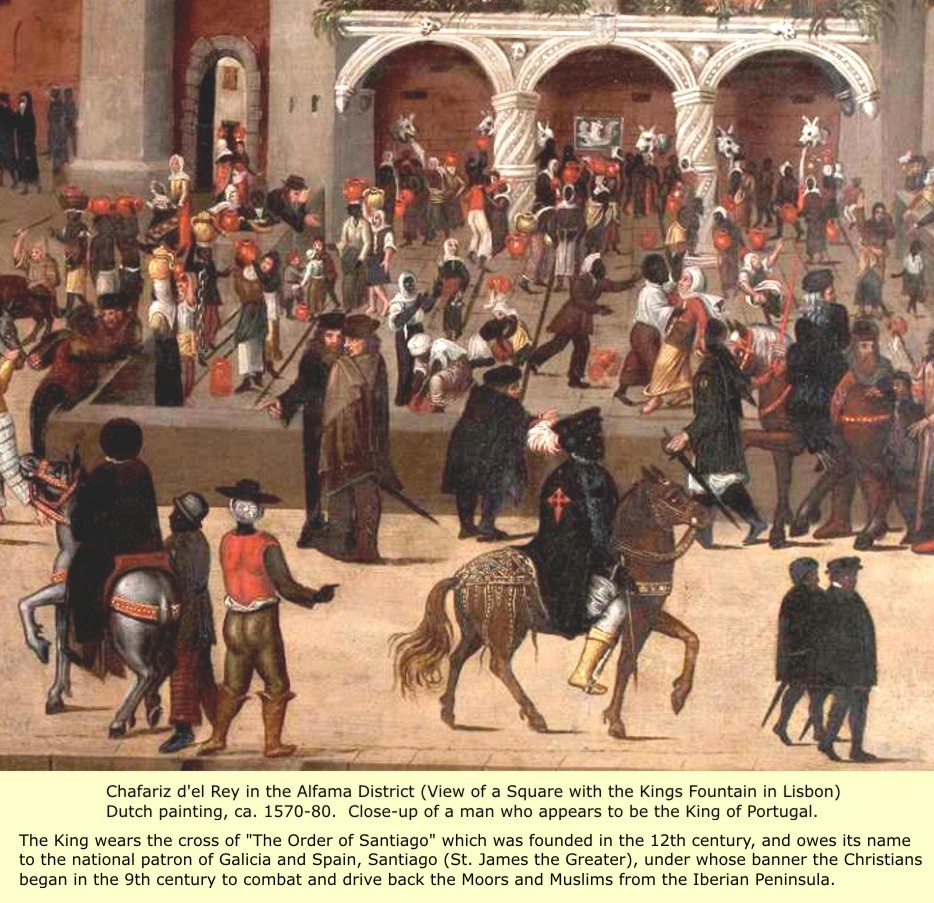 |
 |
 |
 |
 |
Note the half empty glass to the left, but the woman's glass seems fully empty.
Only a quarter of a lemon is left and some nuts have been cracked.
The woman gives a sideways glance while holding her glass in a sipping and talking position:
SHE IS OBVIOUSLY ENTERTAINING!
 |
 |
 |
 |
 |
 |
Explaining the presence of the Black servantArticle on the Medieval household from WikiThis is a classical model of the medieval household, particularly as it evolved in Carolingian France and from there spread over great parts of Europe. The aristocratic household of medieval Europe, was as much a military as a socio-economic unit, and from the 9th century onwards the ideal residence was the castle. As a result of the military nature of the medieval noble household, its composition was predominately male. Towards the end of the medieval period the ratio leveled out somewhat, but at an earlier date the feminine element of the household consisted only of the lady and her daughters, their attendants, and perhaps a few domestics to perform particular tasks such as washing. Many of the male servants were purely military personnel; there would be a gatekeeper, as well as various numbers of knights and esquires to garrison the castle as a military unit. Yet many of these would also serve other functions, and there would be servants entirely devoted to domestic tasks. At the lower level, these were simply local men recruited from the localities. The higher level positions – in particular those attending on the lord – were often filled by men of rank: sons of the lord's relatives, or his retainers. The presence of servants of noble birth imposed a social hierarchy on the household that went parallel to the hierarchy dictated by function. This second hierarchy had at its top the steward (alternatively seneschal or majordomo), who had the overriding responsibility for the domestic affairs of the household. Taking care of the personal well-being of the lord and his family were the Chamberlain, who was responsible for the chamber or private living-quarters, and the Master of the Wardrobe, who had the main responsibility for clothing and other domestic items. Of roughly equal authority as the steward was the marshal. This officer had the militarily vital responsibility for the stables and horses of the household (the "marshalsea"), and was also in charge of discipline. The marshal, and other higher-ranking servants, would have assistants helping them perform their tasks. These – called valet de chambres, grooms or pages, ranking from top to bottom in that order – were most often young boys, although in the larger royal courts the valet de chambres included both young noble courtiers, and often artists, musicians and other specialists who might be of international repute. Assigning these the office of valet was a way of regularising their position within the household. From the artifactual history, we know that the original Royalty and Nobility of Europe were Black people. Thus as the Albinos gained wealth and power, they sought to legitimize themselves by the way that they were depicted in portraits. They wanted to be shown with the trappings of the original Black nobility, that is, the Jeweled (usually Pearl earring) Black attendant of Noble rank. The French painter Hyacinthe Rigaud (1659–1743) used the same Black youth as a prop in many of his paintings - as did other Artists. This practice of adding the Noble Black servant to a portrait was so prevalent, that it seems safe to assume that few if any of the Albino portraits actually involved a "Real" Black household servant at all. Another reason for adding the Black servant to the picture, is suggested by an admirer of Hyacinthe Rigaud's painting of Marquise de Louville. He waxes thusly: Quatrain Gacon, little poem that would be quite able to apply the mischievous nose of the Marquise de Louville: Under the smiling aspect of Flora This beauty affects Hearts And the contrast of a Moor Its attractions is victorious. But what I say! Gifts of Flora His complexion increases the freshness And darkness even More Fires a burst of whiteness. The young slave (because of his necklace, "gleaming like a jewel") is finally exploited to support the contrast between absolute femininity of his mistress (white skin) and ebony of his own skin. European Albinos invested a lot of time and effort into convincing themselves, and others, that Albinism was a "Good" thing. The above is a wonderful example of how such nonsense can be taken to such levels of absurdity, that it becomes sublime. |
 |
Albinos have no history - except invasion and murder: Just the lies and fake artifacts of one generation, piled upon the lies and fake artifacts of previous generations.
In this way they have constructed a FANTASY HISTORY. So it is no surprise that the silly sentiment expressed about Marquise de Louville's painting, would be reused and added upon by later generations of Albinos.
 |
 |
 |
 |
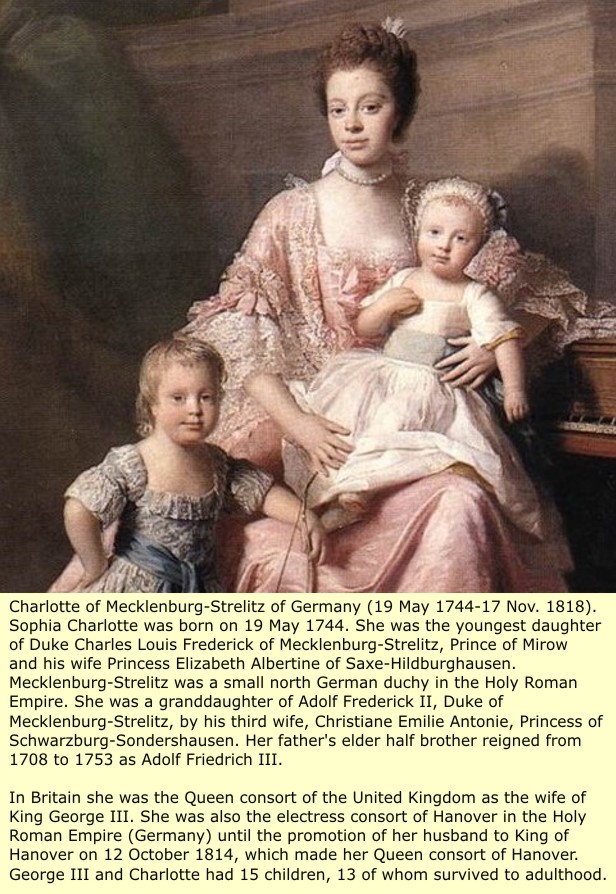 |
 |
 |
 |
 |
 |
 |
 |
 |
 |
 |
 |
 |
 |
Which if either, is the original? The appearance of cracked paint suggests the one on top.
 |
This is Olaudah Equiano
 |
 |
 |
 |
 |
 |
 |
 |
 |
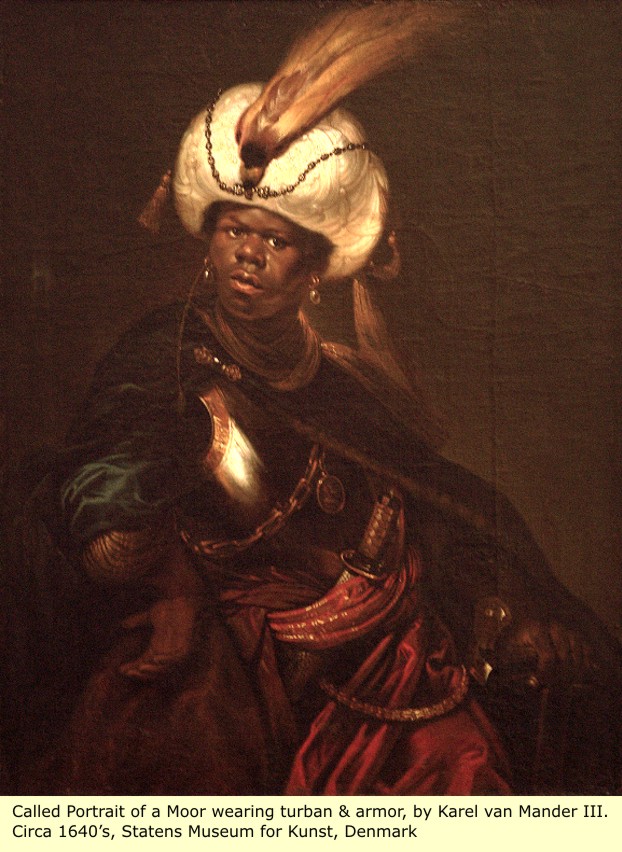 |
 |
 |
 |
 |
 |
 |
 |
 |
 |
 |
 |
 |
 |
 |
 |
 |
 |
 |
 |
 |
 |
 |
 |
 |
 |
 |
 |
 |
 |
 |
 |
 |
 |
 |
 |
 |
 |
 |
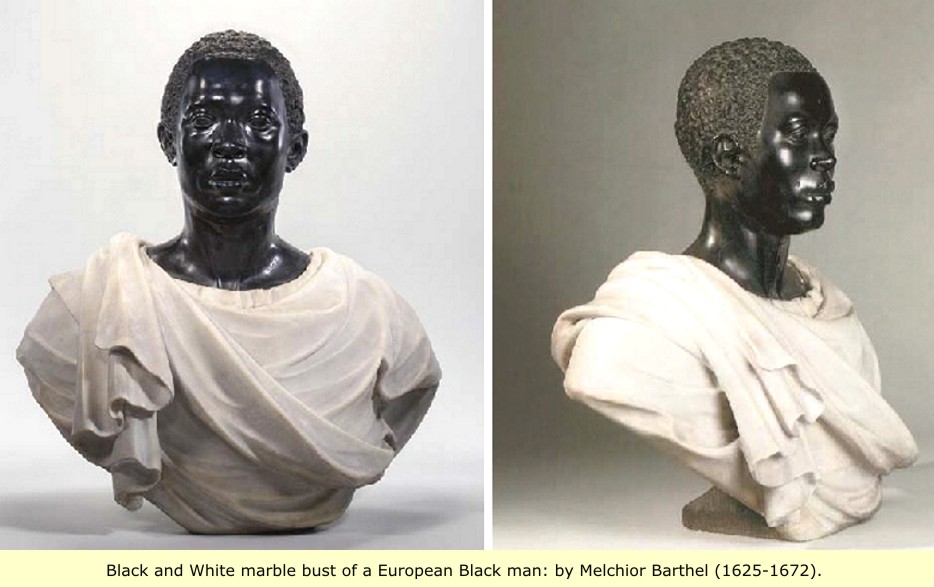 |
 |
 |
 |
 |
 |
 |
 |
 |
 |
 |
 |
 |
 |
 |
 |
 |
 |
 |
 |
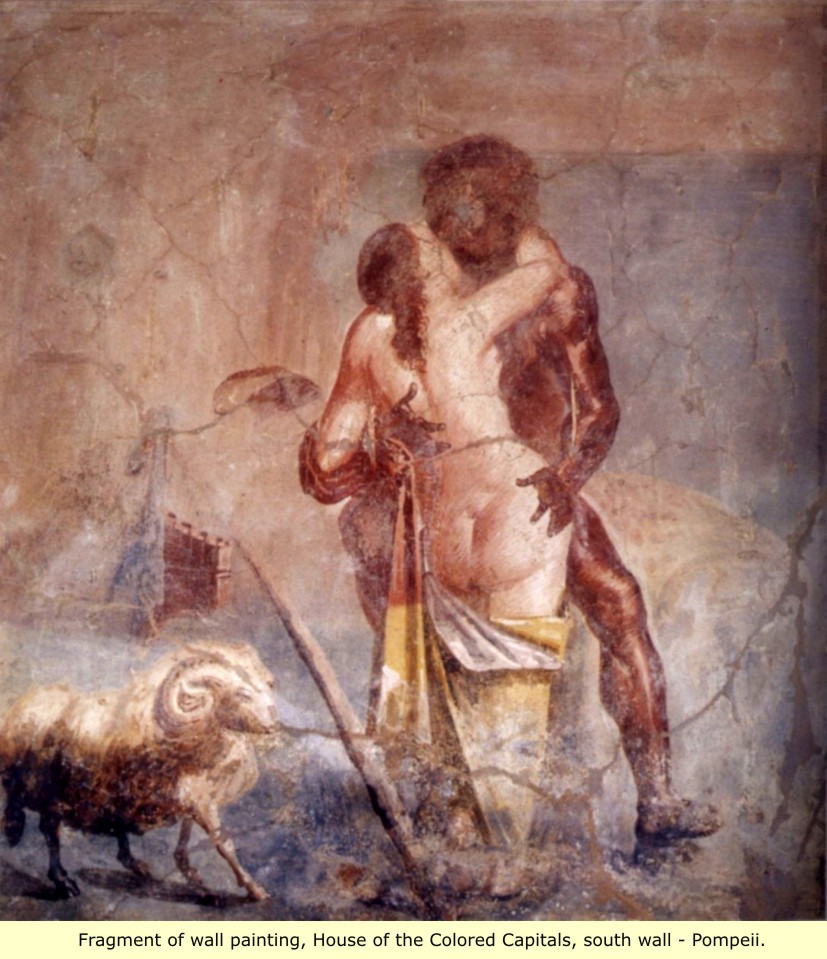 |
 |
 |
 |
 |
Fortunately the Albinos responsible for revising history, are not aware of these famous pioneering Black European Doctors yet.
These pictures are from "Images from the History of Medicine" (NLM). U.S. National Library of Medicine, History of Medicine Division
 |
 |
Now that the good doctors have been publicized, it won't be long before their bio contains stories about how they were
kidnapped/enslaved/whatever, in Africa and brought to Europe.
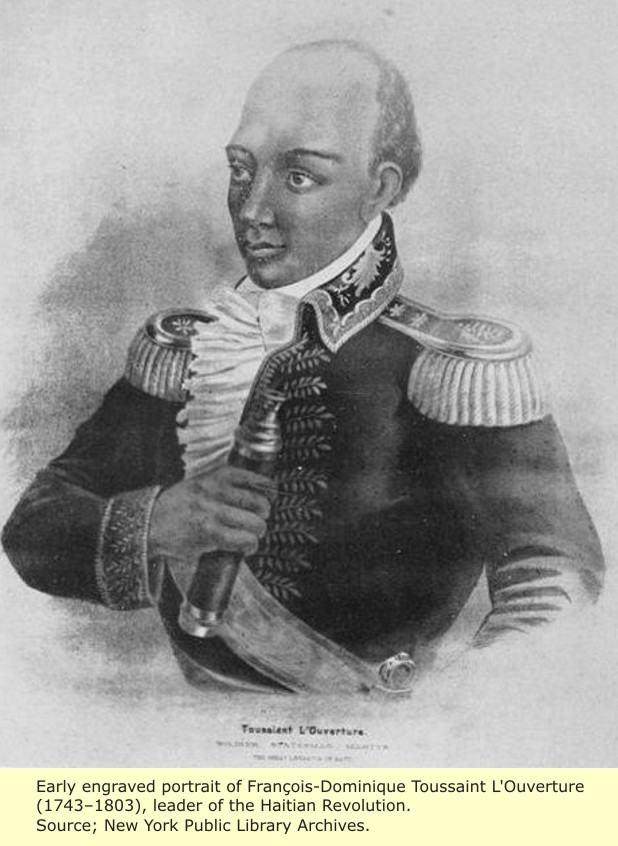 |
 |
 |
 |
 |
| Click for Realhistoryww Home Page |